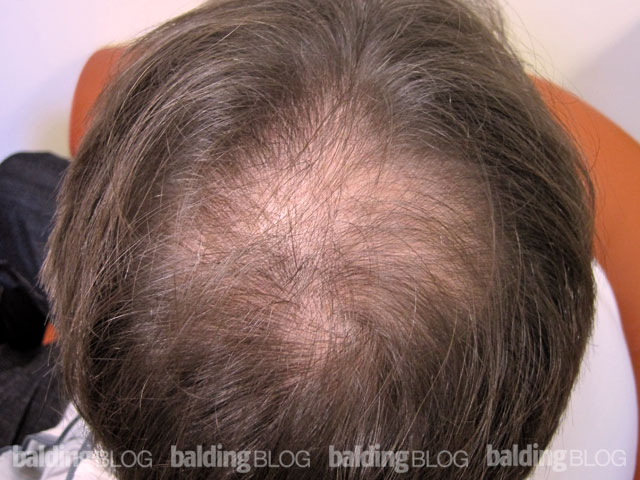Doctor, I just watched a video of a transplant and I don’t see how you avoid shock loss or at least loss to hairs in the recipient area when filling in a thinning area as opposed to a bald area. Propecia or not, that’s a lot of trauma. There has to be some TE going on there. Maybe you have techniques that can minimize it but I have to believe you can’t avoid it. And you’re going to lose some nearby hair after a procedure.
Again I’m talking about a thinning area not bald. Maybe 30% or more of original hair left. You say it doesn’t happen much anymore because of Propecia, From what I just watched just doesn’t seem possible to me. it would certainly seem it would accelerate loss to any hairs that are miniaturized or about to be.
I speak from my experience over 23 years. In the days before Propecia, when we did a hair transplant, almost every patient developed some degree of shock loss. It was so common that I always told the patient to expect it, and that if it happened (which it usually did) we might have to do another transplant just to address the shock loss. I often increased the number of grafts just to address this possibility.
When Propecia came on the market and many patients who eventually asked to have a transplant after the drug failed to meet their expectations, I noticed quickly that the shock loss problem was far less frequent that on those patients not on the drug. Although I never reported this in a medical journal publication, it was not just my own experience, but the experience of many other doctors as well.
Hair loss following a hair transplant procedure is most often in the hairs that are miniaturized, or at the end of their normal life span. These hairs, I suspect, are far more sensitive to the trauma of the anesthetics and/or the surgery. The use of finasteride (Propecia) is not foolproof for preventing shock loss, but it is darn good.
As we don’t really see the hair loss and/or miniaturized hairs in the parts of the scalp that doesn’t look like there is balding present, even since I have been performing bulk analysis of the hair, I know now with absolute certainty what I suspected for many years — in many men, 50% of the hair that may be in a miniaturized state to some degree is where the shock loss occurs. I call this clinical observation by a questioning mind, like mine.


